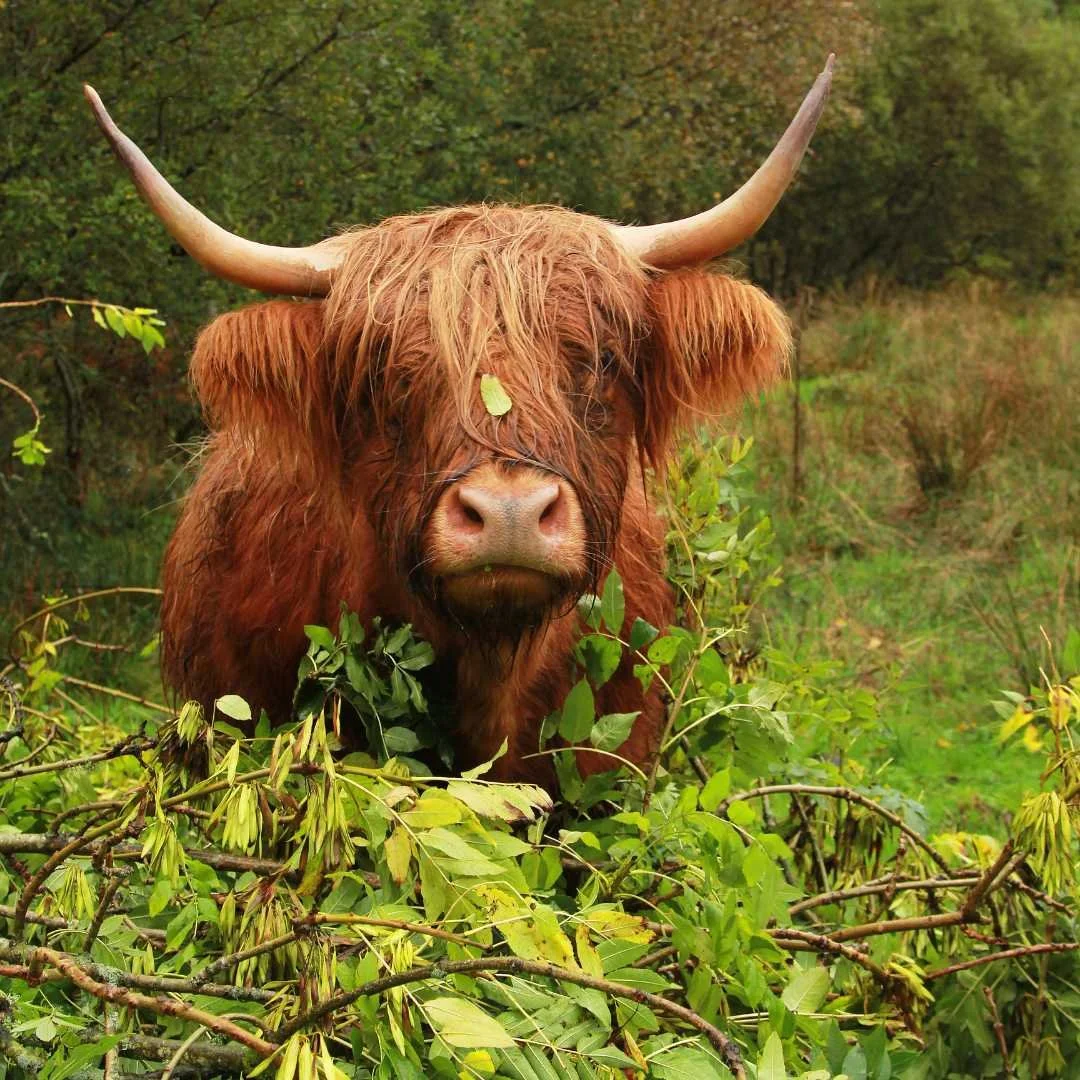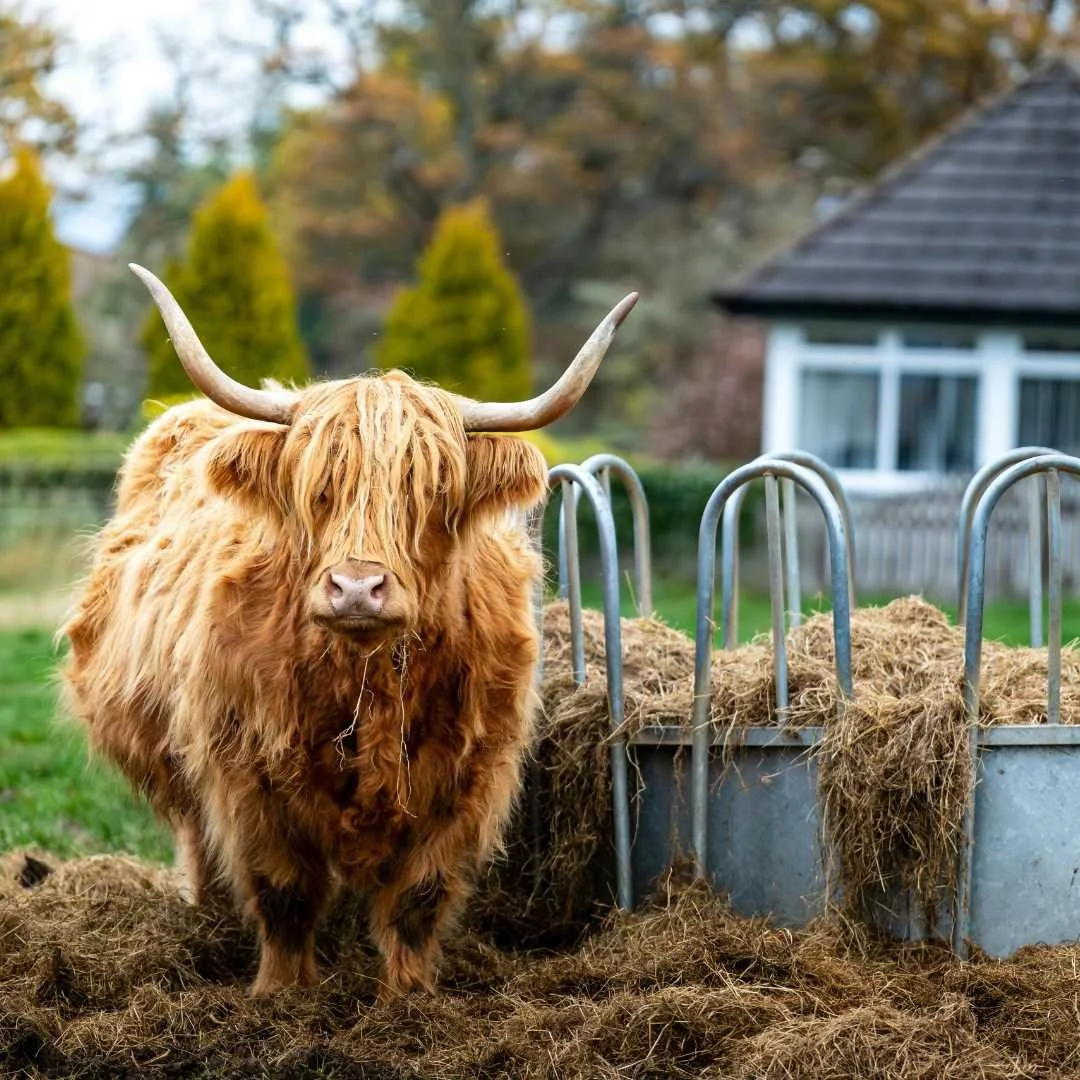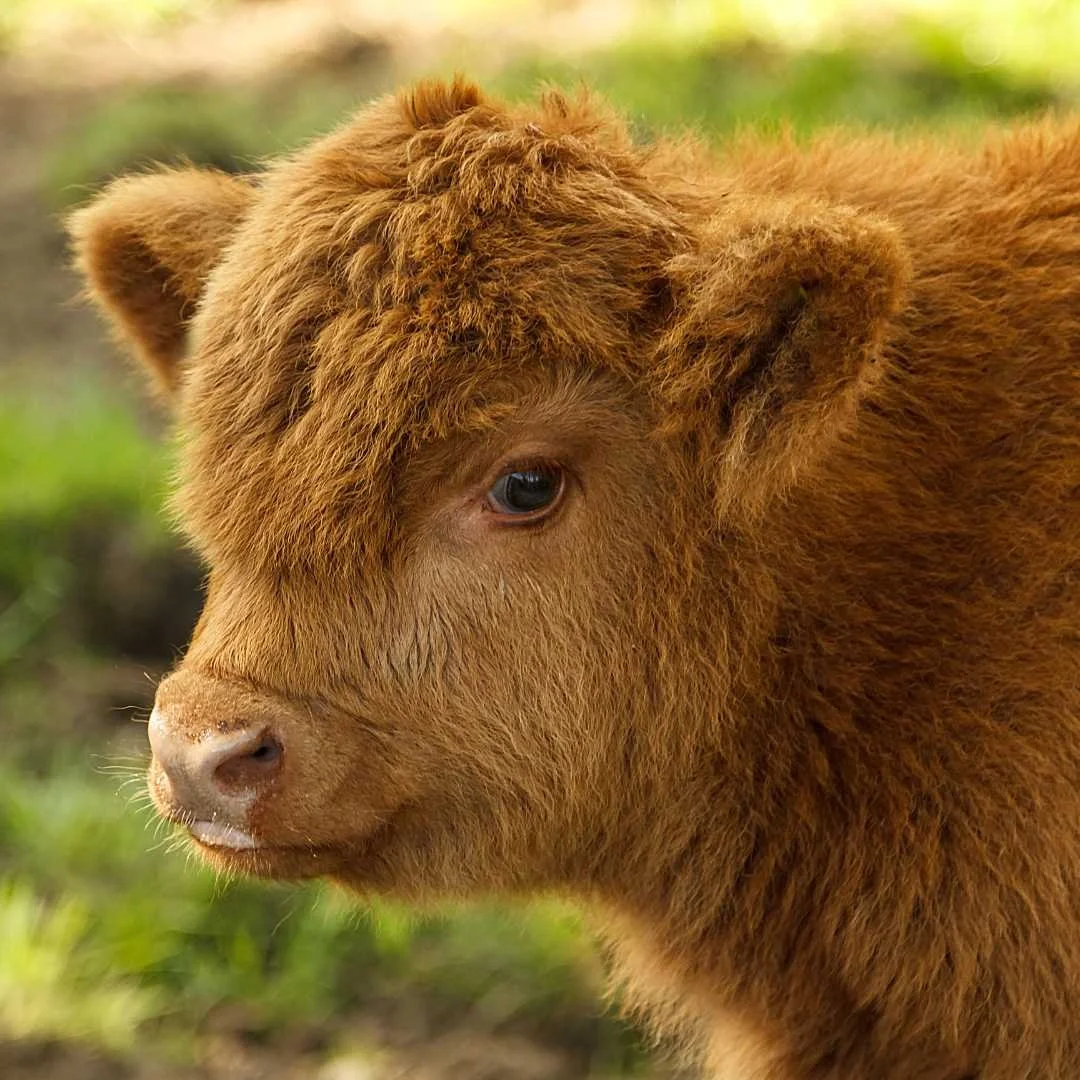Highland Cows in Scotland: Everything You Need to Know (And Where to See Them)
If you've seen photos of a shaggy, long-haired cow standing proudly in the Scottish countryside, you've already met one of Scotland’s most iconic animals — the Highland cow. Known locally as “Hairy Coos,” these gentle and hardy animals are as much a part of the landscape as the mountains and lochs themselves. For many visitors, especially those travelling from the US, seeing a Highland cow in real life is a top priority.
In this blog, we’ll cover everything you might want to know before you go on the lookout — including:
What exactly is a Highland cow, and what makes them so unique
What Highland cows are used for today, from farming to tourism
How much a Highland cow costs, whether you're just curious or actually thinking of starting a herd
10 fun facts that make these animals even more lovable
The best places to see Highland cows in Scotland, from the Highlands to the islands
Tours where you’re likely to see Highland cows, including small-group options from Edinburgh and Glasgow
Whether you’re planning your first trip to Scotland or just want to learn more about this famous breed, this guide will give you a proper introduction to the world of Highland cows.
What is a Highland Cow?
The Highland cow (or “Heilan’ coo” if you want to sound Scottish) is easily one of the most recognisable and well-loved animals in Scotland. With their long, shaggy coats, sweeping horns, and permanently windswept fringe, they look like something straight out of a cartoon or a rock band from the 1970s.
They were bred to survive the harshest conditions in the Scottish Highlands: rain, snow, wind, midges, and everything in between. Their thick double-layered coat keeps them warm and dry all year round, meaning they can happily graze outdoors through the worst of the weather while other cows head for the barn.
Highland cows are also known for their gentle nature. Despite those intimidating horns, they’re famously calm and friendly — especially when there's a camera pointed at them. In fact, they’re some of the most photogenic animals in the world, and they know it. You'll often catch them striking a pose as if they’ve been modelling their whole lives (which, to be fair, many of them have — just check Instagram).
They come in a few different colours — not just the classic ginger! You’ll find Highland cows in black, white, yellow, dun, and brindle. But no matter the colour, once you’ve seen one, it’s hard not to fall in love.
What is a Highland Cow Used For?
Highland cows were traditionally raised for both meat and milk, though today they are mostly bred for beef. Their meat is lean, tender, and lower in cholesterol than many other beef breeds due to their natural diet and outdoor lifestyle.
Beyond farming, Highland cows have become a symbol of Scotland and are a big draw for tourism. They appear on postcards, souvenirs, and social media across the world — and many small farms now keep them simply because visitors love them!
How Much Does a Highland Cow Cost?
If you’re thinking of buying a Highland cow (or just curious!), prices vary based on age, pedigree, and whether the animal is for breeding or showing. On average:
Calves can cost around £500–£1,000 ($600–$1,200 USD)
Adult cows or bulls may cost £1,500–£3,000+ ($1,800–$3,600+ USD)
Prize-winning or pedigree animals can fetch much higher prices
They’re hardy and low-maintenance animals, but they do need space, shelter, and companionship — they are herd animals and shouldn't be kept alone.
10 Fun Facts About Highland Cows
They’re one of the oldest registered cattle breeds in the world.
Highland cows have two layers of hair: a soft undercoat and a long, outer layer.
They can live up to 20 years, much longer than many other breeds.
Cows have horns too — not just the bulls!
They’re excellent mothers and very protective of their calves.
Their long fringe (dossan) helps protect their eyes from insects and weather.
Highland cows are naturally docile and calm, making them ideal for visitors.
Despite their size, they’re very agile and sure-footed on rough ground.
The breed has spread worldwide — you’ll now find Highland cows in the US, Canada, Australia, and even South America.
Locals often call them “Hairy Coos” — pronounced “coo” like “moo”!
Where You Can See Highland Cows in Scotland
Highland cows can be found across much of rural Scotland, especially in the Highlands and on the islands. Some of the best spots include:
Glencoe – One of the most scenic and iconic areas in the Highlands — and home to several Highland cattle. Keep your eyes peeled as you drive through the glen, especially in the fields near Glencoe Village and along the A82 road.
Kilmahog (near Callander) - Just a short drive from both Edinburgh and Glasgow, Kilmahog is home to the famous Highland cows named Hamish, Honey, and Holly (at least, they were — their names sometimes change, but the cows are always there!). They live at the Trossachs Woollen Mill, where visitors can safely see them up close from the fence.
Isle of Skye – Skye’s dramatic landscapes are a perfect backdrop for Highland cows, which are often spotted roaming freely. Some of the best places to spot them include:
Sligachan
Uig
Near the Quiraing
Around the roads to Elgol or Dunvegan Castle
Just be mindful that many of these are working farms or crofts, so always observe from a respectful distance.
Loch Lomond & The Trossachs – Very accessible from central Scotland, this area combines lochs, forests, and farmland — and yes, Highland cows! Look around the Balmaha, Aberfoyle, and Stronachlachar areas. There’s also a good chance of seeing them from the road as you drive through.
North Coast 500 route – This scenic driving route is full of Highland magic — and Highland cows. You'll often see them near Applecross, Shieldaig, Durness, and Lochinver. Take your time driving and keep your camera handy — sometimes they’re just standing by the roadside like they’re waiting for a lift.
Local farms and visitor centres – Several farms across Scotland now offer Highland cow experiences, especially popular with families and visitors from abroad. These include:
Kitchen Coos & Ewes (near Newton Stewart, Galloway) – offers tours to meet Highland cows up close
Arnprior Farm (near Stirling) – often has Highland cows, lambs and fun farm activities
Highland Cattle Society – they sometimes list shows and events featuring Highland cows
Keep in mind: While Highland cows are friendly, they’re still large animals — always admire them from a respectful distance unless a farm visit allows closer interaction.
Tours Where You Can See Highland Cows
Seeing a Highland cow in the wild is a highlight for many visitors, and our tours are one of the best ways to do it.
At Experience Scotland’s Wild, we offer small-group tours from Edinburgh and Glasgow that visit some of the most beautiful places in Scotland.
Many of our routes take you through areas where Highland cows are commonly seen, including Glencoe, Skye, and Loch Lomond.
Our guides know the best local spots — and yes, we’ll happily stop for a photo if we see a coo!
Check out our list of day, multi-day and private tours, and find the perfect Scottish adventure for you and your travel companions!
Plan Your Highland Cow Encounter Today
Whether you're dreaming of meeting a Highland cow up close or just want to learn more about these iconic animals, Scotland is the place to do it. With their shaggy coats, calm nature, and scenic backdrops, Highland cows are a must-see for anyone visiting the country.
If you’re coming from the US or anywhere else, we’d love to show you around — and help you find your perfect Highland cow photo moment.




